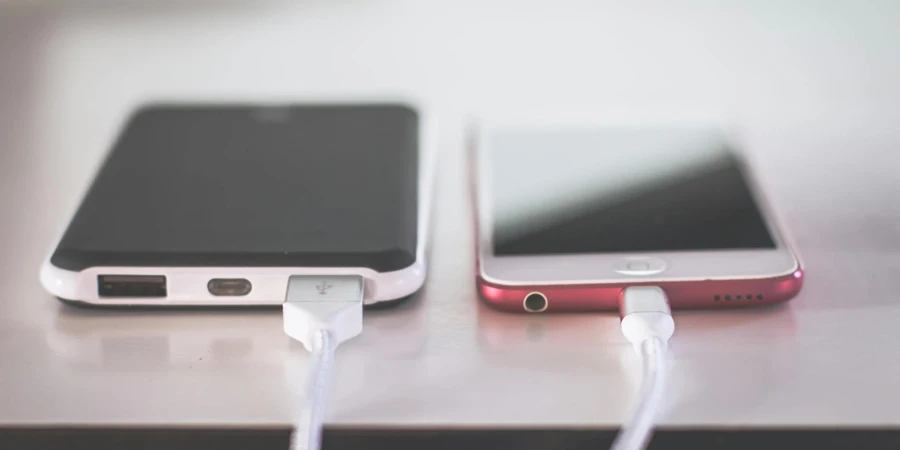Table of Contents
● Introduction
● Market overview
● Different types and their features
● Things to consider when selecting products
● Conclusion
Introduction
In today’s rapidly evolving digital landscape, selecting the right mobile phone chargers for a business inventory is more crucial than ever. With a diverse range of charger types and technologies available, it’s essential to align charger capabilities with specific organizational needs and current market trends. Understanding these nuances not only enhances efficiency but also ensures compatibility and future-proofing of mobile devices within one’s company. From the rise of fast charging technologies to the increasing prevalence of wireless options, staying informed about these developments can significantly impact operational success. This guide aims to delve into these critical aspects, offering detailed insights to help make informed purchasing decisions.
Market overview
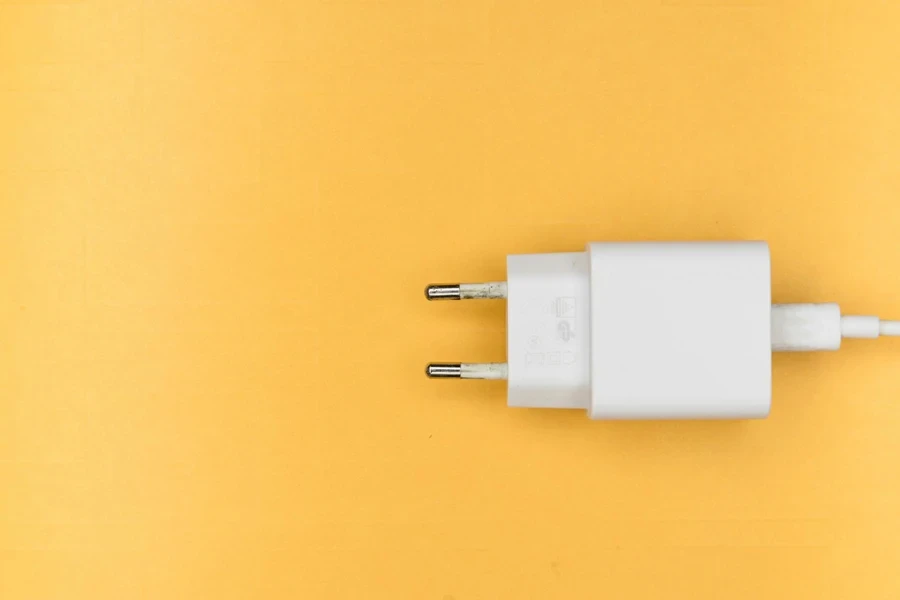
The mobile phone charger market has seen significant growth over the past few years, valued at USD 6565 million in 2021 and is projected to reach USD 9019.4 million by 2031, demonstrating a steady compound annual growth rate (CAGR) of 3.2%. This growth trajectory reflects the expanding demand for mobile technology and the essential nature of chargers in both personal and professional spheres. As we look toward the future, advancements in smartphone technology and increased mobile adoption are expected to continuously drive market demand.
Market share
Key players like Samsung, Rayovac, and PNY are at the forefront, dominating market shares and significantly influencing market dynamics. Their strategic moves often involve innovations that set the pace for industry standards, such as integrating fast charging capabilities and enhancing wireless charging technologies. The competitive landscape is further shaped by these companies’ responses to emerging technological trends and consumer preferences, which in turn dictate the broader market shifts.
Technological advancements
Recent advancements have notably centered around wireless charging and the integration of 5G technology, which are set to redefine the utility and efficiency of mobile phone chargers. The adoption of 5G phones is accelerating the need for compatible chargers that can support higher power outputs and faster charging times, underscoring the dynamic nature of the market. These technological shifts not only cater to increasing consumer demands for convenience and speed but also push the envelope on what mobile phone chargers can achieve, paving the way for next-generation power solutions.
Different types and their features
Wired chargers
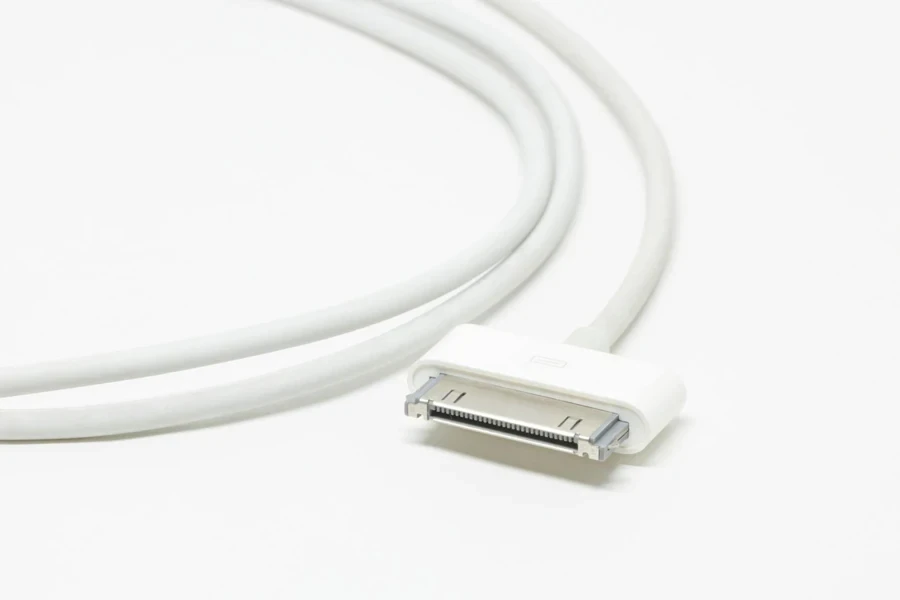
The landscape of wired chargers is dominated by USB-A, USB-C, and Apple’s Lightning connectors. USB-C, known for its reversibility and fast data transfer rates, supports USB Power Delivery (USB PD) which can handle up to 100 watts of power. This capability allows devices to charge much faster than with older USB standards. For example, USB-C with USB PD can charge compatible devices up to 70% faster than standard charging, depending on the device’s battery capacity and the charger’s power output. Apple’s Lightning connectors, while proprietary, offer integration with iOS devices ensuring optimized charging by regulating power flow to extend battery life.
Wireless chargers
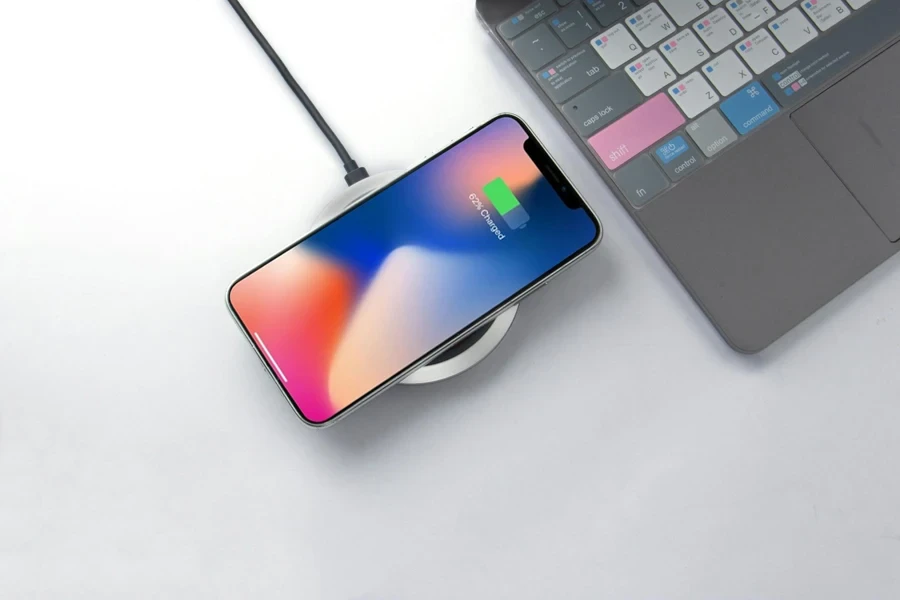
Focusing on the technical side, wireless chargers generally use Qi-standard inductive charging, which involves a transmitting pad and a receiving device equipped with compatible induction coils. The standard typically operates at power levels up to 15 watts, but recent advancements have pushed this to 30 watts and beyond under the Extended Power Profile. The efficiency of wireless charging can vary significantly with the alignment of the coils and the distance between the device and the charger, which can lead to slower charging times compared to wired methods.
Emerging innovations
GaN technology is revolutionizing charger designs by allowing higher efficiency in power conversion compared to traditional silicon-based chargers. GaN transistors have a higher electron mobility, allowing them to operate at higher voltages and temperatures with lower resistance and power loss. This makes GaN chargers smaller, lighter, and more efficient, with some models achieving efficiencies up to 94%, reducing energy consumption and heat generation. Solar-powered chargers utilize photovoltaic cells to convert sunlight directly into electricity. The efficiency of these cells has been improving, with some models now achieving around 20-23% conversion efficiency, making them more viable for charging devices when electrical outlets are not available.
Comparative analysis
When comparing these types, wired chargers like USB-C with USB PD offer a good performance in terms of speed and efficiency for high-power devices. Wireless chargers provide convenience and reduce wear on physical connectors but often at the cost of slower charging speeds and less energy efficiency. GaN technology is setting a new standard for both wired and wireless charging by combining the benefits of faster charging with reduced size and better energy efficiency. Solar chargers are less about speed and more about accessibility and sustainability, which are suited for outdoor use or in regions with limited access to power outlets.
Things to consider when selecting products
Device compatibility
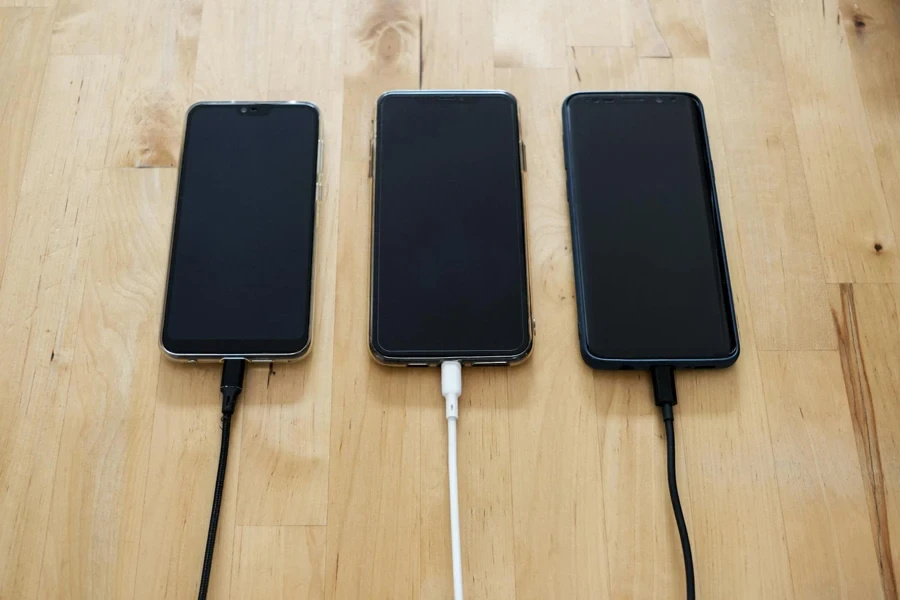
The foremost factor is the compatibility of the charger with various device protocols. Chargers should match the specific requirements of the devices they are intended to charge. For instance, modern Android devices predominantly use USB-C, which supports fast charging protocols such as USB Power Delivery. Apple devices use Lightning connectors, which require chargers that can adapt to Apple’s specific charging configuration to maximize efficiency and battery health. It’s crucial to choose chargers that are fully compatible to avoid potential damage and to ensure a good charging experience.
Charging speed and power output
Selecting a charger based on its power output ratings and supported fast charging capabilities is vital for efficiency. Chargers are available in a range of outputs, typically from 5 watts to over 65 watts. High-wattage chargers are capable of delivering much faster charging speeds, provided the device supports such input. For instance, many new smartphones support fast charging technologies that can charge a battery to 50% in just about 30 minutes. Therefore, understanding the maximum input a device can handle and matching it with the charger’s output capability is essential for rapid charging.
Safety and certification
Safety is paramount when choosing any electronic device. Opt for chargers that meet global safety standards and certifications such as CE, FCC, or RoHS. These certifications indicate that the charger has passed rigorous testing for safety and efficiency standards. Products without these certifications may pose a risk of causing harm or damaging the device due to poor manufacturing quality or incompatible power outputs.
Multi-device charging capabilities
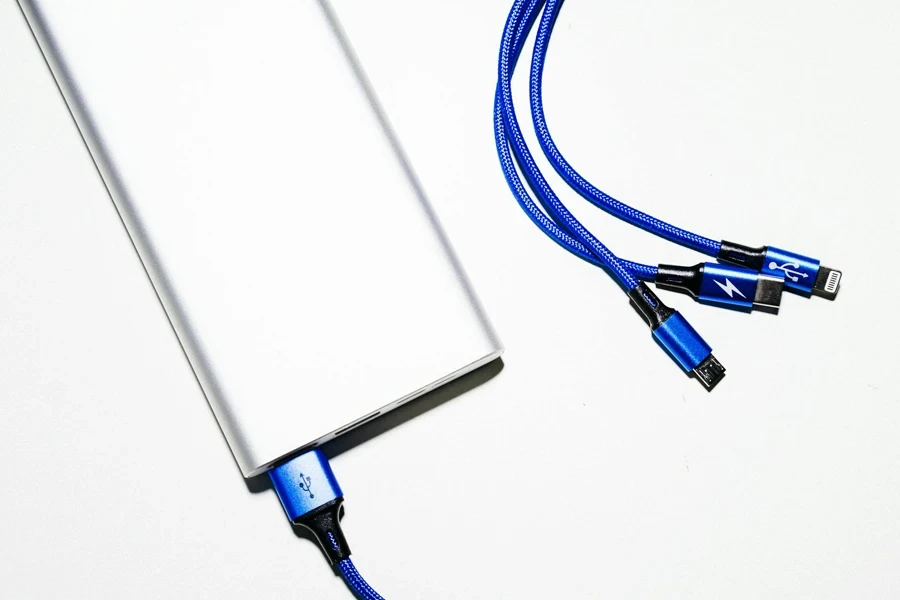
For environments where various devices need charging, consider chargers that offer multi-device charging capabilities. These chargers allow multiple devices to be charged simultaneously without a reduction in charging speed. Some multi-port chargers are equipped with intelligent power allocation technology to ensure each device is charged optimally. This feature not only saves time but also reduces clutter and the need for multiple charging outlets.
Conclusion
In conclusion, selecting the right mobile phone charger involves a thorough understanding of market trends, device compatibility, and technological advancements. From assessing various charger types, such as wired, wireless, and innovative technologies like GaN and solar-powered chargers, to considering essential factors such as charging speed, safety standards, and multi-device capabilities, it’s clear that an informed choice can significantly impact organizational efficiency and device management. By prioritizing compatibility, safety, and reliability, businesses can ensure their mobile technology infrastructure is both powerful and future-proof, aligning with ongoing market developments and operational needs.
